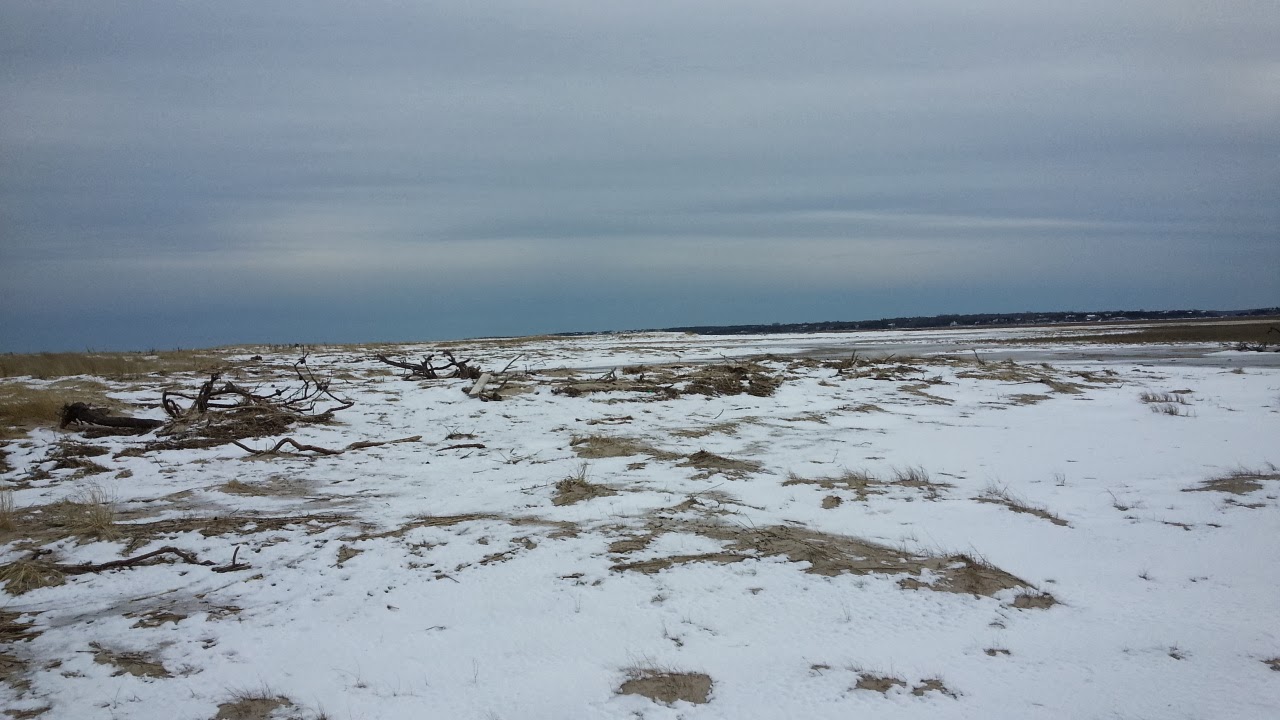Nauset Inlet lies about a mile south of the Coast Guard Beach in Eastham, MA. The inlet can be reached by walking along a narrow spit which separates the ocean from Nauset Marsh. The beach gets its name from life saving stations that were built in this vicinity beginning in the 1870s and manned for decades thereafter.
The first landfall of the Mayflower was on this shore November 9, 1620 after 65 days at sea. The pilgrims found a protected anchorage in what is now Provincetown Harbor 2 days later.
On a February day, I walked to the inlet under overcast skies, light southwest winds with a temperature of 30 F. The tide was very low that grey afternoon, exposing a large sand bar to the north of the inlet.
There were several male red-breasted mergansers casually cruising just within the inlet.
A curious grey seal eyed the me warily.
This harbor seal relaxed on the bank of an island in the marsh, quite far away when I took this shot.
The marsh on the back side of the barrier beach bears the signs of a cold white winter.
Some unknown visitors have built a home that would have made Robinson Crusoe proud. This driftwood leanto sits low in the dunes where pounding seas have recently broken through the barrier beach penetrating into the marsh, near the site where the Outermost House of Henry Beston was claimed by the restless Atlantic during a nor'easter some 40 years ago.
This fellow with a menacing posture sat patiently for a precious minute while his image was captured. He appears to be a merlin.
I am a lucky man to have the health and time at this stage of life to be able to tramp about in these beautiful spots and feel almost like an innocent youth again although some bittersweet memories gathered along the path of life cannot and will not ever be left behind.
























